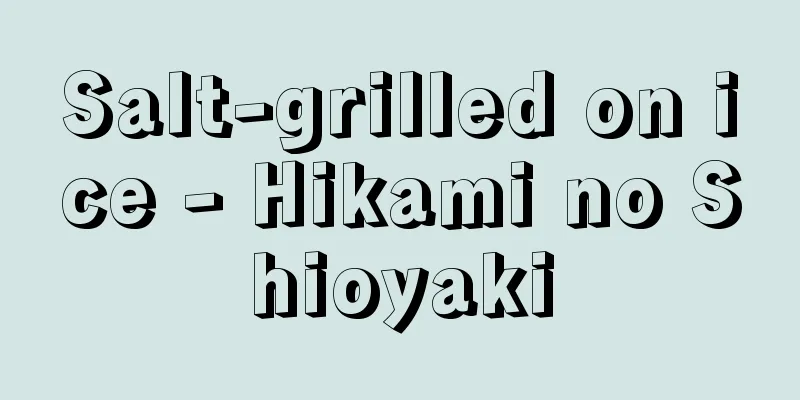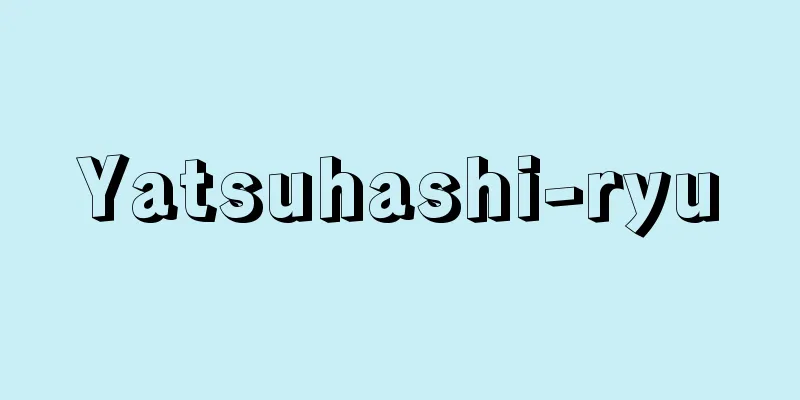Kidney stones

|
These are abnormal stones that form within the human body, and can form in secretory gland cavities, excretory ducts, hollow organs, etc. They form when components in secretions or digestive fluids become concentrated or coagulated due to certain chemical or physical causes, or when components in urine precipitate or crystallize. Foreign bodies or inflammatory products (bacteria or sloughed epithelium) that have entered from the outside can also become the nucleus of a stone. Stones are broadly divided into three types: (1) Stones are named after the part of the body where they form: kidney stones, ureteral stones, bladder stones, prostate stones, urethral stones, seminal vesicle stones, salivary stones, bezoar stones, gallstones, common bile duct stones, pancreatic stones, enteroliths, lacrimal stones, and dental stones. (2) Stones named after their components: calcium oxalate stones, uric acid stones, cystine stones, magnesium ammonium phosphate stones, cholesterol stones, bilirubin stones, xanthine stones, and fecal stones. (3) Those named according to their shape: coral stones, staghorn stones, mulberry stones, soft stones, etc. Even if stones are present, they may not have any symptoms (silent stones). Stones that form in the excretory ducts of secretory glands or in the urinary tract often cause blockages, resulting in severe pain known as colic attacks (derived from spasms of smooth muscles) and fever. If bacterial infection occurs or pain attacks occur repeatedly, the stones must be removed through surgical treatment. [Matsushita Kazuo] [References] | | | |Source: Shogakukan Encyclopedia Nipponica About Encyclopedia Nipponica Information | Legend |
|
人体内に生じた異常な石のことで、分泌腺腔(せんくう)、排泄(はいせつ)管、中空の臓器内などにできる。分泌液や消化液中の成分が一定の化学的・物理的原因によって濃縮、凝固したり、尿中成分が析出、結晶化する結果、生ずる。外から入った異物や炎症性産物(細菌や脱落上皮)が結石の核になることもある。結石は次の三つに大別される。 (1)結石が生じた部位名をつけてよばれるもの 腎臓(じんぞう)結石、尿管結石、膀胱(ぼうこう)結石、前立腺結石、尿道結石、精嚢腺(せいのうせん)結石、唾石(だせき)、胃石、胆石、総胆管結石、膵(すい)石、腸石、涙(るい)石、歯(し)石。 (2)成分名をつけてよぶもの シュウ酸カルシウム結石、尿酸結石、シスチン結石、リン酸マグネシウムアンモニウム結石、コレステロール結石、ビリルビン結石、キサンチン結石、糞(ふん)石。 (3)形状名をつけてよぶもの さんご状結石、鹿角(ろっかく)状結石、桑実(そうじつ)状結石、軟結石など。 結石ができていても、症状がないこと(サイレントストーン)もある。分泌腺の排泄管や尿路に生じた結石は、多くの場合、閉塞(へいそく)をおこすので、仙痛発作といわれる激痛(平滑筋のけいれんに由来する)や発熱をきたす。細菌感染を合併したり、疼痛(とうつう)発作を繰り返すような場合は、外科的治療によって結石を除去しなければならない。 [松下一男] [参照項目] | | | |出典 小学館 日本大百科全書(ニッポニカ)日本大百科全書(ニッポニカ)について 情報 | 凡例 |
Recommend
River fishing - Kawazuri
In contrast to sea fishing, this refers to all fr...
Baldwin, James Arthur
Born: August 2, 1924, New York Died November 30, 1...
Kuki
A district of Owase City in southern Mie Prefectu...
Montreux - Montreux (English spelling)
An international tourist resort city in the canto...
Northern Goyou - Northern Goyou
→ Japanese white pine Source : Heibonsha Encyclope...
Toyoshima-shi
A samurai family from the Kamakura to Muromachi p...
Fin whale (Nagasu whale) - Fin whale (English spelling)
A mammal of the family Baleen whale (illustration)...
Enjoji Temple
An abandoned temple in Ukyo Ward, Kyoto City. It ...
Uho
〘Noun〙① (From the legend that King Yu of the Xia D...
Military strategy
A study of combat that developed in ancient China,...
Laredo (English spelling)
A commercial and industrial city in southern Texas...
Xu Zai-bi - josaihitsu
1864‐1951 Korean independence activist. Born in Da...
Schmidt camera
...A telescope with an optical system invented by...
Fulminant hepatitis (English spelling)
…The liver weighs 1,300-1,500g in adults and is t...
Enji tribe - Enjizoku
…They became famous through Radcliffe Brown's...

![Tarumizu [city] - Tarumizu](/upload/images/67cc27f6c6b1a.webp)







